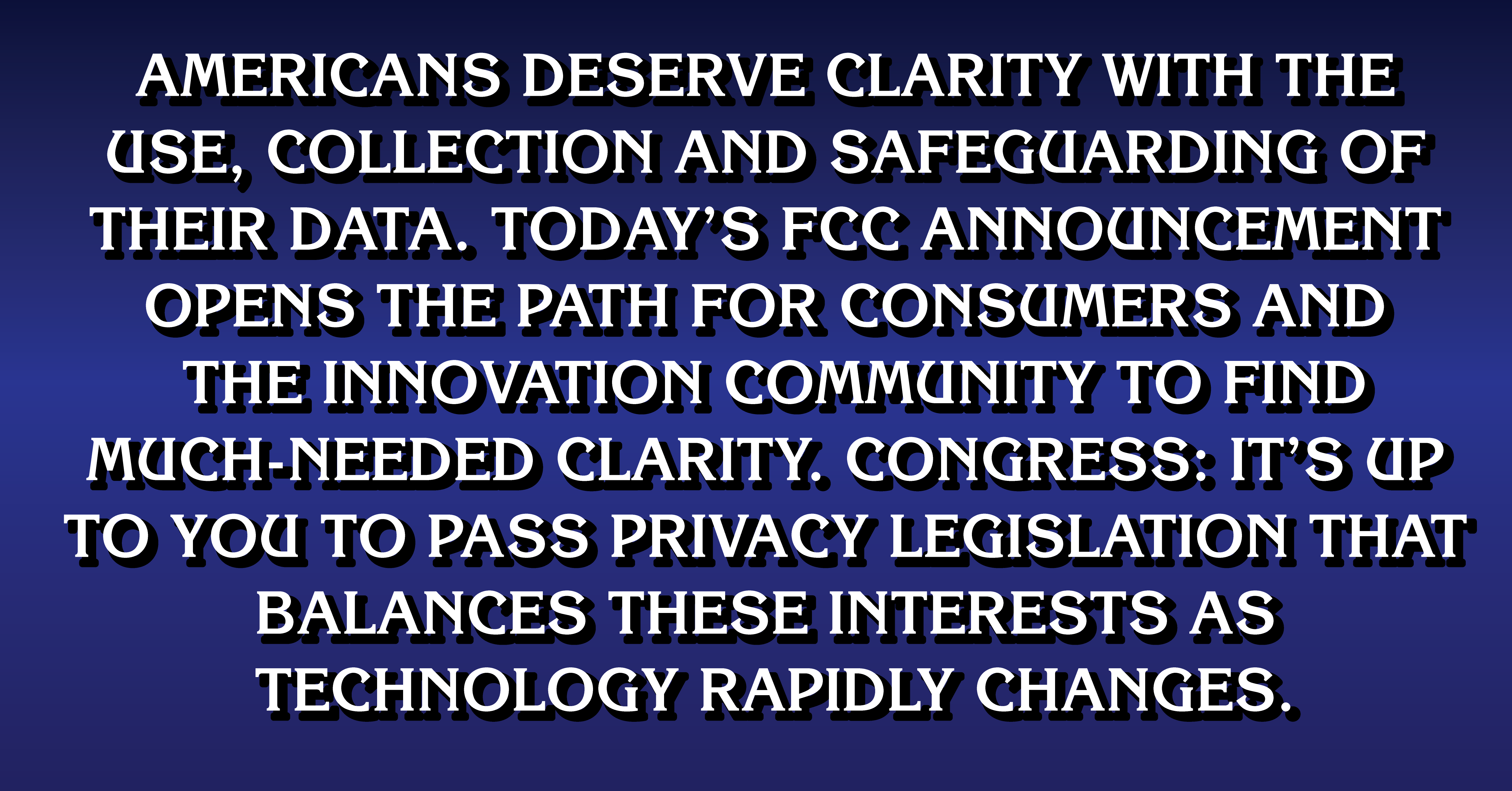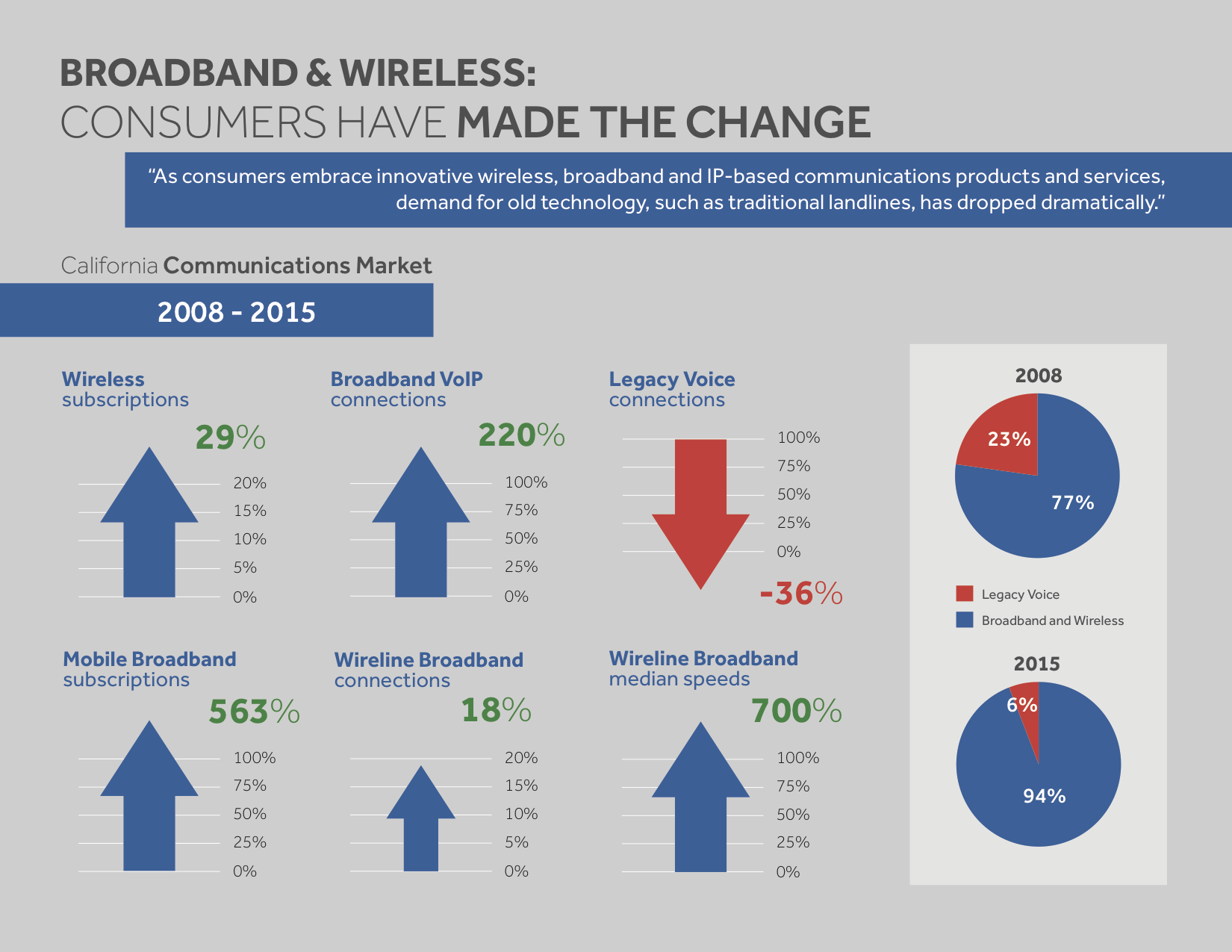By Kish Rajan
California’s communications industry has witnessed a period of astonishing growth over the last 10 years, with the promise of an even brighter future to come. You might even call it a broadband boom. So it’s crucial that state policy makers keep that growth a top priority as they begin their new legislative session. They should resist any calls to stifle competition or innovation. California desperately needs this focus for the state to continue to be the world’s technology leader.
California legislators are already signaling that they understand the importance of the networks that power modern communication devices and technologies. For example, lawmakers recently reshaped California’s Utilities and Commerce Committee, which oversees utilities in the state. Instead of lumping the Internet into the same committee that oversees utilities like the electric company, it moved it into the newly created Communications and Conveyance Committee. This change sent a clear message to Californians: policy makers understand the internet isn’t a staid, static utility, and it shouldn’t be regulated like one.
 When California’s legislators work with the communications community, the state’s consumers win big. A recent study by CALinnovates bears this out. Economist David Sosa found that from 2008 to 2015, wireline broadband speeds have increased 700 percent, while broadband prices have declined as much as 76 percent. During the same time period, broadband VoIP connections increased by 220 percent, or 4.9 million users, while California’s total wireless subscriptions jumped by 9.5 million, or 29 percent. At the same time California has experienced tremendous growth in IP and Wireless technologies, legacy voice connections declined by 4.3 million, or 36 percent. These are just a few of the signs that Californians’ demand for broadband, mobile and voice over IP is growing rapidly.
When California’s legislators work with the communications community, the state’s consumers win big. A recent study by CALinnovates bears this out. Economist David Sosa found that from 2008 to 2015, wireline broadband speeds have increased 700 percent, while broadband prices have declined as much as 76 percent. During the same time period, broadband VoIP connections increased by 220 percent, or 4.9 million users, while California’s total wireless subscriptions jumped by 9.5 million, or 29 percent. At the same time California has experienced tremendous growth in IP and Wireless technologies, legacy voice connections declined by 4.3 million, or 36 percent. These are just a few of the signs that Californians’ demand for broadband, mobile and voice over IP is growing rapidly.
Even better, broadband speeds are getting faster while costing consumers less. Sosa found that broadband speeds have increased by nearly 700 percent since 2008. Even so, from 2008 through 2015 residential, wireline broadband prices fell by as much as 70 percent. Clearly California is on the right track when it comes to bringing broadband and mobile technology to its citizens at a reasonable price.
Is there still work to be done? Of course. As I’ve noted before, California needs to continue working to ensure technology benefits all Californians. Over the last decade, private investment has advanced broadband and wireless coverage across the state, including in many rural communities. Government programs, such as the Connect America Fund, can also help make considerable progress in increasing broadband access. The California Advanced Services Fund can play an important role as well, in helping to fund broadband deployment to unserved and underserved areas of the state. Looking forward, developing smart policies to promote the deployment of advanced wireless technologies such as 5G and small cell, will also help accelerate the delivery of next-generation technologies that consumers demand.
These solutions will come, but only if California lawmakers stay the course. The state’s forward-thinking policies have created broadband and mobile markets that are functioning extremely well, and will continue to deliver innovative new products and services going forward, as well as faster connectivity. Let’s keep California moving forward and encourage our state’s legislators to keep this broadband boom going.








